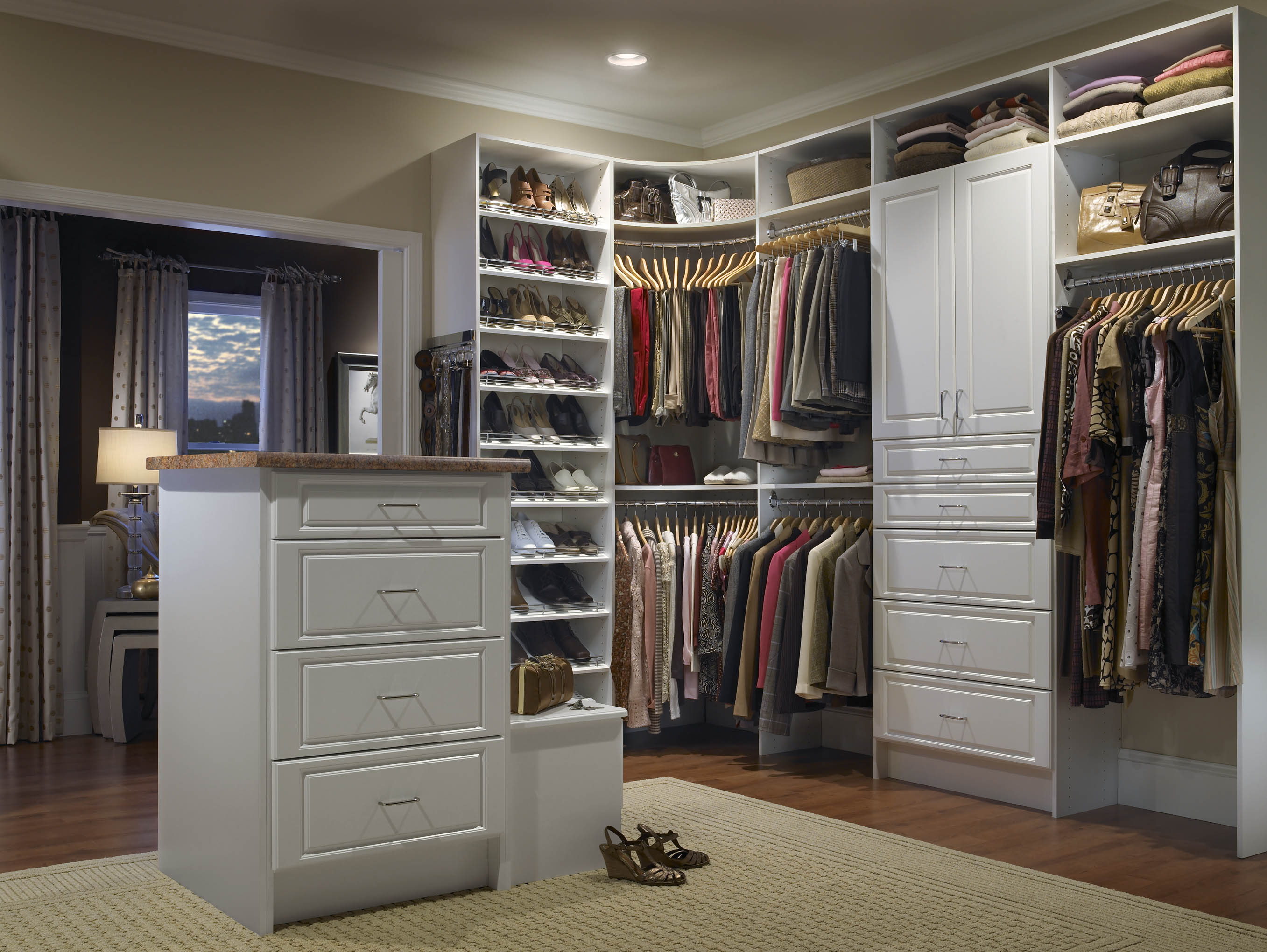Creating a custom closet space that maximizes efficiency and style involves careful planning and attention to detail. Here are some steps to help you design a personalized and functional custom closet:
1. Assess your needs: Begin by evaluating your storage requirements and lifestyle. Consider the types of clothing, accessories, and items you need to store in your closet. Take inventory of your wardrobe, including clothing, shoes, accessories, and any specific storage needs they may have.
2. Determine your storage priorities: Prioritize your storage needs based on frequency of use and accessibility. For example, frequently worn items should be easily reachable, while seasonal or occasional items can be stored in less accessible areas. Consider utilizing vertical space and incorporating various storage options like hanging rods, shelves, drawers, and specialized organizers.
3. Utilize space efficiently: Measure your available closet space and identify opportunities to maximize storage capacity. Utilize vertical space by incorporating floor-to-ceiling storage solutions. Consider adjustable shelves and hanging rods to accommodate changing storage needs. Utilize corners and awkward spaces with custom solutions such as corner shelves or pull-out accessories.
4. Consider lighting: Adequate lighting is crucial for a well-designed closet. Incorporate both ambient and task lighting to ensure visibility. LED lights or built-in lighting solutions can be installed inside shelves, drawers, or hanging sections to enhance visibility and make it easier to find items. Additionally, natural light sources such as windows or skylights can add warmth and brightness to the space.
5. Choose materials and finishes: Select materials and finishes that align with your personal style and complement the overall aesthetics of your home. Consider durable and high-quality materials for longevity. Opt for finishes that are easy to clean and maintain, ensuring your closet stays organized and visually appealing.
6. Incorporate stylistic elements: Custom closets can be an extension of your personal style. Consider incorporating stylistic elements such as decorative hardware, textured finishes, or unique closet doors to add visual interest. Coordinate the design with the overall theme of your home to create a cohesive and harmonious look.
7. Personalize the space: Customize your closet to fit your specific needs and preferences. Consider including features such as a seating area, a full-length mirror, a built-in dressing table, or a designated space for accessories like jewelry or ties. Incorporate personal touches that make the space uniquely yours, such as artwork, decorative accents, or favorite colors.
8. Seek professional assistance: If you’re unsure about designing and implementing your custom closet, consider consulting with a professional closet designer or interior designer. They can provide expert guidance, offer creative solutions, and help you optimize the space to achieve maximum efficiency and style.
Remember to regularly declutter and organize your custom closet to maintain its functionality and aesthetics. By designing a custom closet space that maximizes efficiency and style, you’ll create an organized and visually appealing environment that reflects your personal taste and simplifies your daily routine.
